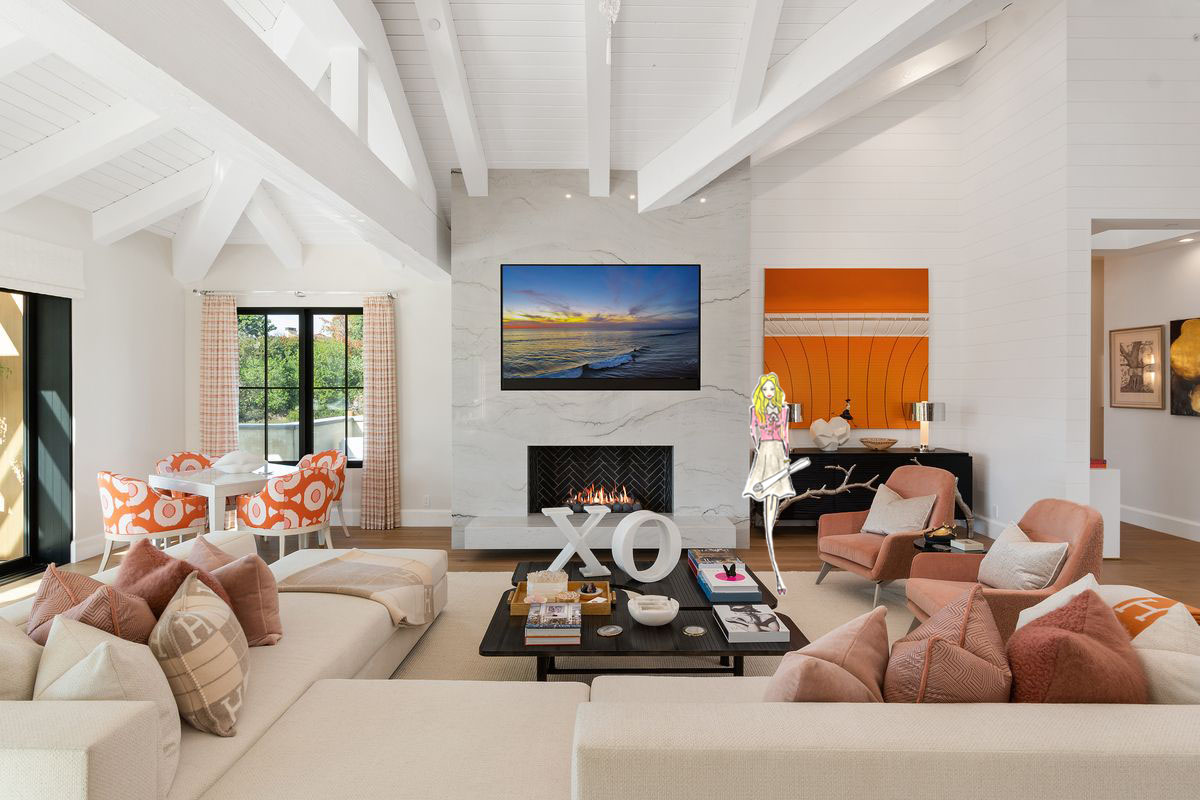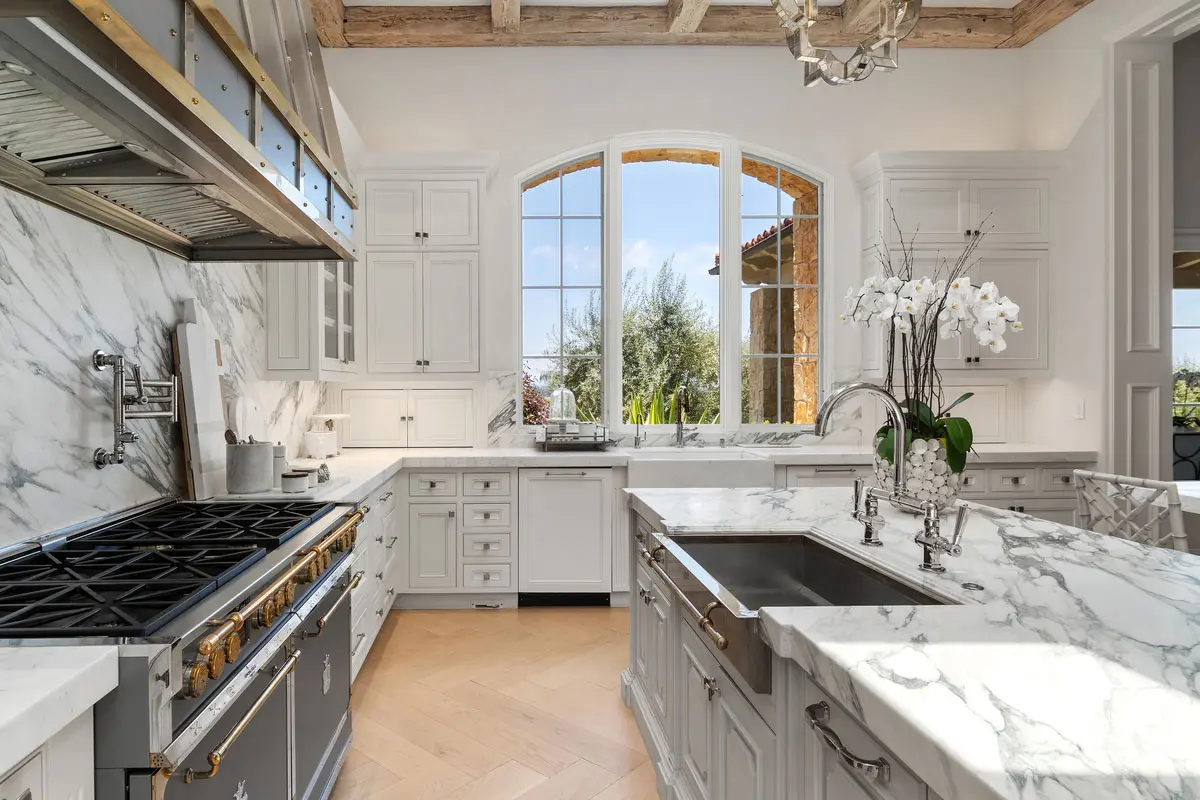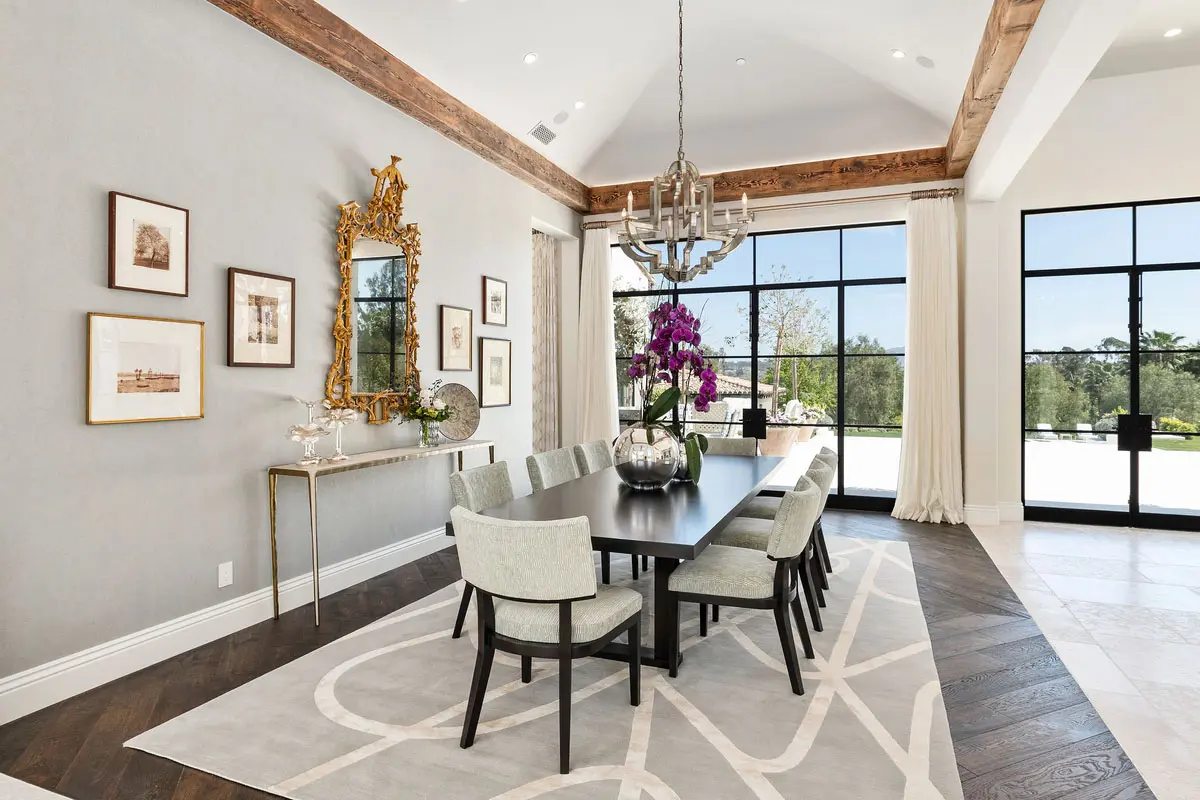The Power of First Impressions in Real Estate
In today’s competitive real estate market, first impressions carry immense weight. Buyers make emotional judgments within seconds of entering a property. Beyond price or square footage, many purchase decisions are driven by how a home feels.
Professional staging transforms an ordinary property into an aspirational lifestyle. By applying interior design principles, staging creates emotional connections that translate into stronger, faster offers.
The Goal of Staging: Selling a Lifestyle, Not Just a Space
Why Staging Works
Staging helps buyers envision themselves living in the home. It fosters a sense of comfort, functionality, and move-in readiness. Thoughtful staging minimizes distractions, downplays flaws, and highlights a property’s strengths.
By removing personal imprints and presenting the home as a neutral canvas, staging allows prospective buyers to project their own future into the space.
Staging vs. Decorating
Staging differs from decorating. While decorating reflects individual taste, staging aims for universal appeal. Personal collections, bold color choices, and highly specific décor give way to neutral palettes, spacious layouts, and streamlined styling.
The objective is to make the home broadly attractive, emphasizing openness, functionality, and versatility.
The ROI of Staging
Data consistently shows that staged homes sell faster and for higher prices than their unstaged counterparts. Even modest investments in staging often yield significant returns, reducing time on market and increasing buyer competition.
Professionally staged homes also tend to photograph better, attracting more online interest and boosting showing appointments.
Furniture Arrangement: Space, Flow, and Scale
Creating Visual Flow
Proper furniture placement establishes natural traffic patterns that invite exploration. Clear circulation paths suggest spaciousness and ease of movement, while avoiding obstacles that make rooms feel cramped.
By minimizing oversized or excess furniture, spaces feel open and breathable.
Proper Furniture Scaling
Furniture should reflect the proportions of each room. Right-sized sofas, chairs, tables, and beds create balance, avoid overwhelming the space, and clarify each area’s intended function.
Strategic groupings define conversation zones and emphasize the home’s usability.
Strategic Placement for Focal Points
Staging draws attention to a home’s architectural assets—whether it’s a fireplace, picture window, or built-in shelving. Arranging furniture to frame these features enhances visual impact and helps buyers emotionally connect with the space’s best qualities.
Lighting: Brightening and Enlarging Spaces
Maximize Natural Light
Light is one of the most powerful tools in staging. Open drapery fully, remove heavy window treatments, and ensure windows are spotless. Mirrors placed opposite windows reflect daylight, doubling perceived brightness and expanding visual space.
Natural light creates an inviting, uplifting atmosphere that buyers respond to instinctively.
Layered Artificial Lighting
In spaces where natural light is limited, multiple layers of artificial lighting fill the gap. Overhead fixtures provide general illumination, while table lamps, sconces, and floor lamps add warmth, depth, and flexibility.
Proper lighting creates cozy, livable environments that photograph beautifully.
Consistent Color Temperature
Consistency in bulb color temperature ensures visual harmony throughout the home. Avoid mixing cool and warm lighting, which can feel jarring. Soft white or warm LED bulbs deliver a flattering, calm ambiance that complements staging goals.
Decluttering: Space to Imagine
The Emotional Impact of Clutter
Clutter shrinks rooms visually and emotionally. Excess items disrupt flow and prevent buyers from envisioning the home as their own. Clean, open surfaces foster a sense of possibility and spaciousness.
Buyers need mental room to project their lifestyle into the property.
Edit Ruthlessly
Remove unnecessary furniture, personal collections, and decorative excess. Clear kitchen counters, edit bookshelves, and organize closets to showcase storage capacity.
Less truly becomes more when creating a market-ready environment.
Depersonalize Without Sterilizing
While family photos, awards, and niche collectibles should be removed, staging shouldn’t feel cold. Incorporate neutral décor, soft textures, and subtle accessories that maintain warmth without distracting from the home’s potential.
Key Rooms to Prioritize for Staging Impact
Living Room
Highlight flexible seating arrangements that showcase conversation zones and entertaining potential. Arrange furniture to suggest openness and easy movement through the space.
Accentuate natural focal points like fireplaces or large windows.
Kitchen
Clear all counters except for minimal, intentional items like fresh flowers or a curated bowl of fruit. Organize cabinets, remove excess small appliances, and ensure surfaces sparkle.
A tidy, functional kitchen implies both care and convenience.
Primary Bedroom
Create a serene retreat with hotel-like simplicity. Crisp bedding, plush throw pillows, soft color palettes, and minimal accessories project luxury and restfulness.
Nightstands should be clear except for tasteful lamps or a simple vase.
Bathrooms
Emphasize spa-like cleanliness with polished fixtures, neatly folded towels, and minimal countertop items. Subtle greenery or candles add softness without visual clutter.
Ensure every surface gleams and storage areas appear generous.
Entryway
The entry sets the tone. Declutter shoes, coats, and keys. Use a streamlined console table, mirror, and simple decor to create an inviting, organized first impression.
Final Styling Touches for Market-Ready Presentation
Neutral Yet Sophisticated Color Palettes
Soft whites, beiges, warm grays, and greige tones appeal to a broad buyer base. Neutral walls serve as a backdrop for tasteful accessories, allowing buyers to imagine their own style.
Accent colors should be introduced sparingly through throw pillows, artwork, or florals.
Textural Layering for Visual Interest
Add depth without visual clutter using layered textures—linen pillows, woven throws, area rugs, and natural wood or stone elements. These tactile layers create warmth and sophistication.
Scents and Sounds
Subtle diffusers with clean, fresh scents reinforce a sense of cleanliness and comfort. Light background music during showings fosters a relaxed, welcoming atmosphere.
Avoid strong fragrances that may alienate sensitive buyers.
Can Interior Design Help Sell Your Home? Absolutely.
The Psychology of Emotional Connection
Buyers purchase homes that feel both aspirational and livable. Thoughtful design creates emotional resonance that influences decision-making beyond rational price comparisons.
Beautifully staged homes also shine in online listings, attracting more interest from the very first impression.
Professional Staging as a Competitive Advantage
In crowded real estate markets, staging sets listings apart. Professionally staged homes appear move-in ready, reducing buyer hesitation and increasing perceived value.
This turnkey presentation often commands premium offers and shortened market timeframes.
Design as a Sales Strategy
Great design isn’t just about beauty—it’s about desirability. Staging your home with interior design expertise is an investment in both sales price and speed.
By leveraging design principles, homeowners turn their property into a compelling, irresistible offering that stands out in today’s market.
Ready to prepare your home for maximum buyer appeal? Schedule a consultation with Kern & Co. and let our design team create a market-ready transformation that drives results.
Frequently Asked Questions
What’s the goal of staging a home?
To present a polished, neutral, aspirational version of the home that appeals emotionally and practically to a broad range of buyers. Effective staging allows buyers to imagine themselves living in the space. This emotional connection often accelerates decision-making and improves offer quality.
Can good interior design really help my home sell?
Yes. Professionally staged and well-designed homes consistently sell faster, photograph better, and often attract stronger offers. Design enhances both emotional connection and perceived value. Buyers feel more confident investing in homes that feel carefully prepared and thoughtfully presented.
What are the most important rooms to stage?
Focus on the living room, kitchen, primary bedroom, bathrooms, and entryway to create maximum buyer impact. These spaces form the core emotional experience for most prospective buyers. Properly staged, they signal quality, functionality, and move-in readiness.



